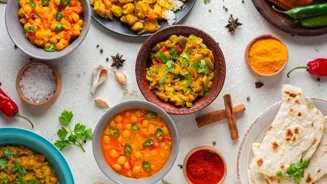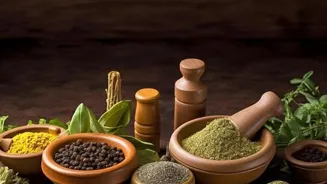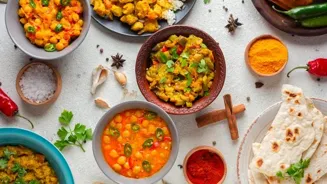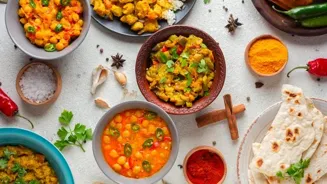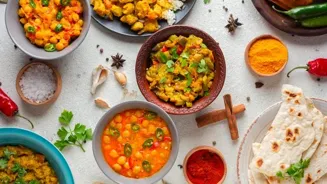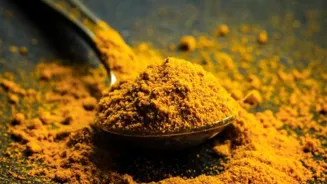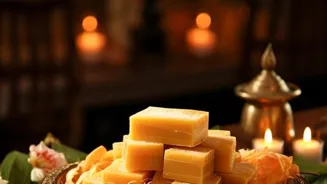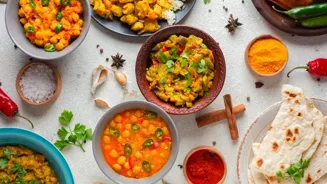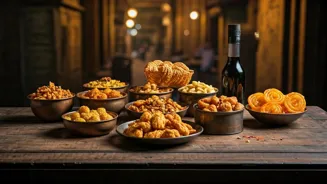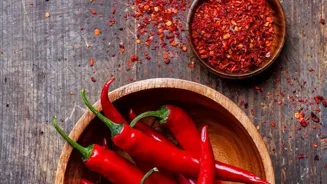Unveil the Secrets of Indian Cooking! Dive into 7 Essential Techniques for Mastering Indian Cuisine
Indian cuisine, a delightful tapestry of flavors, aromas, and spices, can seem daunting to conquer. But
fret not, budding chefs!
Mastering a few fundamental cooking techniques can unlock a world of culinary possibilities, allowing you to create authentic and delicious Indian dishes right in your own kitchen.
Forget complicated recipes; focus on the basics, and you'll be well on your way to impressing your family and friends with your newfound skills.
This isn't about Michelin-star perfection; it's about understanding the heart of Indian cooking and developing the intuition to create dishes that sing with flavor.
So, put on your apron, gather your spices, and let's dive into the essential techniques that will transform you into an Indian cooking whiz! Remember to always start with fresh, high-quality ingredients for the best results.
Slow-cook spices in oil for rich, aromatic curry base
Mastering the art of 'Bhuna', or slow-cooking spices, is essential. This method involves gently frying spices in oil or ghee over low heat for an extended period. The process releases the essential oils, intensifying their aroma and flavor. It's the foundation of many curries.
A properly bhuna masala is fragrant and deeply flavorful, forming the backbone of the dish.
Tempering enhances dishes with aromatic spices
Tempering, also known as 'tadka' or 'chhonk', involves heating oil or ghee and adding whole spices to it. The sizzle and crackle indicate that the spices are releasing their flavors. This fragrant oil is then poured over a dish, infusing it with a burst of aroma and taste.
It's often used as a finishing touch. The technique elevates the dish, adding depth with just a small amount of enhanced spice.
Steaming in Indian cuisine enhances flavors and nutrients
Steaming is a cornerstone of healthy Indian vegetarian cooking. It is used to cook vegetables, lentils, and even desserts. Steamed foods retain their nutrients and natural flavors, making them a light and nutritious option.
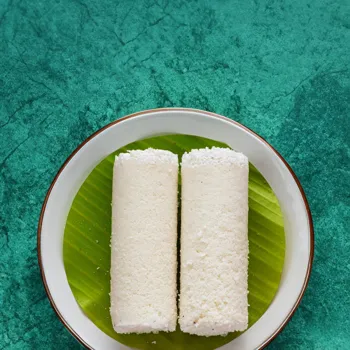
From fluffy idlis to delicate dhoklas, steaming produces delightful textures and taste.
Grinding fresh spices enhances flavor in cooking
Grinding spices fresh is a game-changer. While pre-ground spices are convenient, they lose their potency over time. Grinding your own spices releases their volatile oils, resulting in a more vibrant flavor profile. A simple spice blender can make a world of difference to your cooking.
Investing in whole spices and a good grinder elevates your dishes.
Pressure cooking saves time, preserves nutrients for Indian dishes
Pressure cooking is indispensable in the Indian kitchen. It is a quick and efficient way to cook lentils, beans, and vegetables. The high pressure shortens cooking time while preserving nutrients. Pressure cooking is especially useful in cooking North Indian dishes.
A reliable pressure cooker saves time and energy, especially for daily cooking.
Roasting grains for flavorful Indian dishes
Roasting grains is another important skill to make Indian meals. Roasting is a great method to cook grains, nuts or spices, and it adds a nutty, roasted flavor to enhance your dishes. It is used in many North Indian curries. It can enhance the aroma and taste and make it more palpable.
Kneading dough is crucial for soft Indian breads
Kneading dough is the final technique for Indian dish. Whether for rotis, naan, or parathas, kneading dough to the right consistency is key. The dough should be soft, pliable, and elastic. This creates soft and fluffy breads. A well-kneaded dough is key for soft and tasty Indian breads.
Indian cuisine: blend of techniques & spices worth mastering
Indian cuisine involves a blend of culinary techniques and flavourful spices that are worth mastering.
AI Generated Content. Glance/InMobi shall have no liability for the content